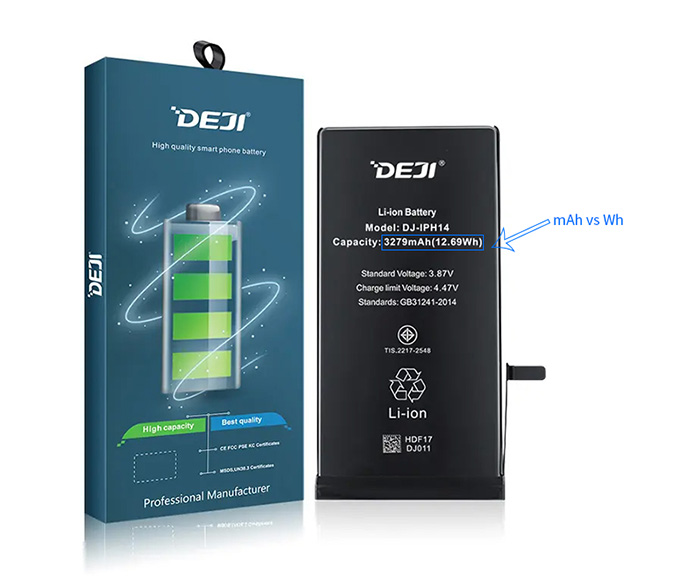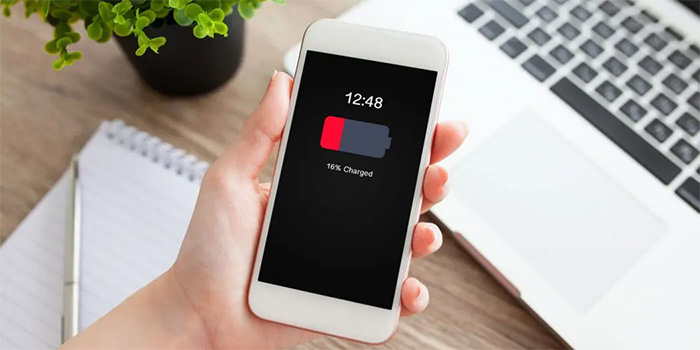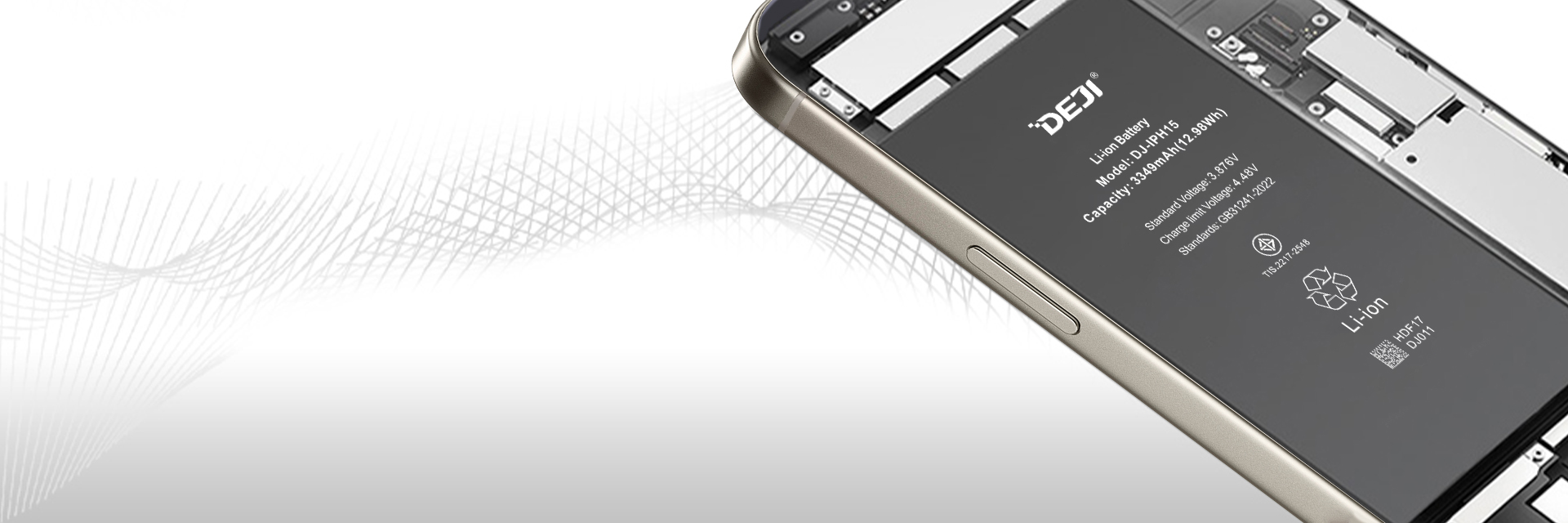In the realm of mobile phone batteries, two key metrics are frequently mentioned: milliampere-hour (mAh) and watt-hour (Wh). While both are essential for understanding battery performance, they measure different aspects of a battery's capabilities. This article aims to demystify these terms, explaining their definitions, their role in determining battery life, and the common misconceptions associated with them.
What is mAh?
mAh, or milliampere-hour, is a unit of battery capacity. "Milliampere" refers to one-thousandth of an ampere, which is a measure of electric current, and "hour" is a unit of time. mAh is the product of current and time, describing how much charge a battery can store.
In simple terms, if a phone battery discharges at a current of 3000 milliamps for one hour, its capacity is 3000 mAh. The calculation formula is: mAh=mA × h

What is Wh?
Wh, or watt-hour, is a unit of energy. "Watt" is a unit of power, and "hour" is again a unit of time. Watt-hour(Wh) describes the total amount of energy consumed or stored over a period of time. It is calculated by multiplying current and voltage:
wh= (mAh × Voltage) / 1000
Does a Higher mAh Mean Longer Battery Life?
In practice, many believe that a higher mAh means longer battery life, but this is a misconception. The battery life is influenced by voltage and power consumption. For similar types of batteries, such as lithium-ion batteries used in modern smartphones, power consumption determines battery life.
1. Voltage Affects Battery Life
- Suppose Battery A has a capacity of 3000mAh and a voltage of 3.7V, while Battery B has a capacity of 2000mAh and a voltage of 5V. Calculating their watt-hours:
Battery A: (3000mAh × 3.7V) / 1000 = 11.1Wh
Battery B: (2000mAh × 5V) / 1000 = 10Wh
- Despite Battery B having a higher voltage and lower mAh, its actual energy (Wh) is only slightly less than Battery A, indicating similar battery life.
2. Power Consumption Affects Battery Life
- Modern smartphone batteries typically have a voltage of around 3.8V. With the same voltage, does a higher mAh mean longer usage time? Not necessarily.
- For example, the iPhone 13 Pro Max (2021) has a capacity of 4352mAh, while the Galaxy S23 Ultra (2023) has a capacity of 5000mAh. Despite the lower capacity, the iPhone 13 Pro Max has longer battery life due to hardware and software optimizations that reduce total power consumption. Efficient power management allows the phone to maintain long usage times even with lower battery capacity.
| iPhone 13 Promax | Samsung Galaxy S23 Ultra | |
| Capacity | 4352mAh | 5000mah |
| Voltage | 3.85v | 3.85v |
| Web Browsing test score | 18 hours 52 minutes | 18 hours 57 minutes |
| Video streaming test score | 10 hours 23 minutes | 8 hours 54 minutes |
| 3D Gaming test score | 10 hours 29 minutes | 7 hours 13 minutes |

What is Phone Power Consumption?
Power consumption, measured in watts (W), refers to the electrical energy a phone uses during operation. Lower power consumption results in longer battery life. Factors affecting power consumption include screen brightness and resolution, processor frequency and load, usage of wireless communication modules, number of background applications, and sensor usage frequency.
Manufacturers manage and reduce power consumption through hardware and software optimizations, such as using more efficient processors and display technology, optimizing the operating system's power management features, and introducing power-saving modes and dynamic frequency scaling technology. These measures effectively reduce the phone's energy consumption.
 sales@batterydeji.com
sales@batterydeji.com




